Follow the tips below to protect cats from the heat.
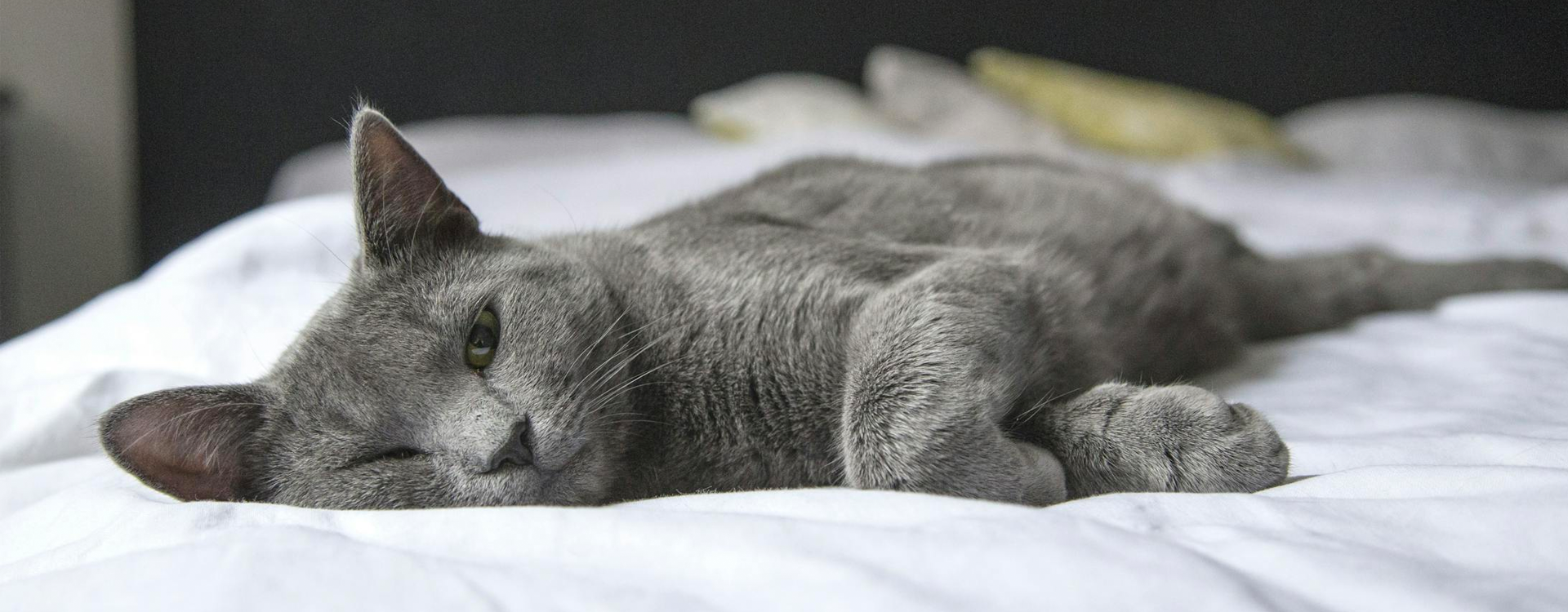
At what age can I neuter my cat?
To decide when it is best to perform the surgery, your trusted vet should advise you because it will depend on each case, their age, state of health, lifestyle, even the time of year and your availability for the postoperative period. We leave you more information here.
What is the most common age for neutering cats?
Pre-pubertal neutering is carried out on colony animals at around two months of age and its aim is to reduce the number of unwanted litters and their consequences (sick kittens, death, suffering, etc.). Although there are studies that support this type of sterilisation at an early age, the truth is that it is something that has been done for a relatively short time and there is still some fear of the possible consequences it may have on behaviour or development, even so, many vets who have been doing it for years advise it and encourage us to put it into practice for the ethical management of colonies and our responsibility in it.
In indoor kittens (that do not have access to the outdoors or contact with cats without health control or neutering) we usually neuter between 4 and 6 months of age, and in any case before the age of one year.
Kittens with access to the outdoors and contact with other cats without sanitary control, as well as colony animals, run the risk of unwanted litters and the spread of diseases.
What is the procedure for neutering cats?
In the case of male cats, both testicles are removed, it is a short and very safe surgery. In this procedure, two small incisions are made which will be practically healed within a week. The process is quick and the recovery is fantastic.
Male cats may be monorchid or cryptorchid, one or both testicles may not have descended correctly, and in this case the surgery is complicated, the testicle or testicles may have remained in the abdomen or inguinal level and therefore the surgery will depend on the location and whether it is uni or bilateral.
In the case of females, surgery is somewhat more complex as their reproductive organs are located in the abdominal cavity, but with the techniques used today, a small incision is made through which the ovaries and uterus are removed (sometimes only the ovaries). Your recovery is very quick and in a few days you will be living a normal life.
Why neuter a cat?
Females can start to show oestrus from 5 months of age, depending on the time of the year they are born. Female cats are seasonal polyestrics, that is to say, they start the oestrus season when the days and daylight hours begin to lengthen and with the increase of temperature, they normally show oestrus every 3 weeks, although each cat can have different cycles.
The jealousy of female cats is quite striking as they can spend the day or night screaming, they can escape and it is of no benefit to them as it prevents them from living a normal life.
In no case is it recommended that cats have a litter before being sterilised and therefore it is recommended that they are sterilised before the first heat without this having negative consequences for them, on the contrary, they are animals that develop normally and that will live a normal life once they have recovered from the surgery.
Neutering during oestrus should be avoided as it increases the risk of perioperative haemorrhage or lactating kittens, but as we have said, each case must be evaluated and prioritised.
Unneutered males, as soon as they develop sexually, may start marking behaviour (urinating in what they consider their space), aggressiveness towards other males and a tendency to escape from home to look for a mate.
Neutering before marking behaviour appears can make living with male cats much more bearable and although not all of them mark and it is not always a sexual behaviour, the truth is that early neutering helps to prevent this behaviour from appearing.
Neutering in males is a very safe procedure and will allow us to have a much calmer life companion who will not be stressed looking for a mate or fighting for his territory.
In summary on neutering cats
Neutering cats is usually done between 4 and 6 months of age, and offers many benefits to their health and well-being.
In addition to controlling the cat population, we can reduce the number of homeless cats suffering from life on the street, and in cats that do not belong to a colony we will also see a reduction in unwanted behaviour.
By neutering we can also prevent them from catching diseases and living calmer lives, as well as the development of reproductive problems, which are very common in this species.




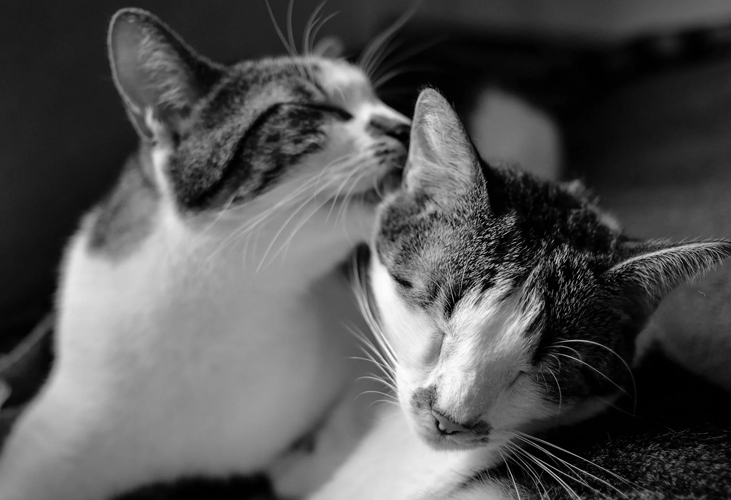


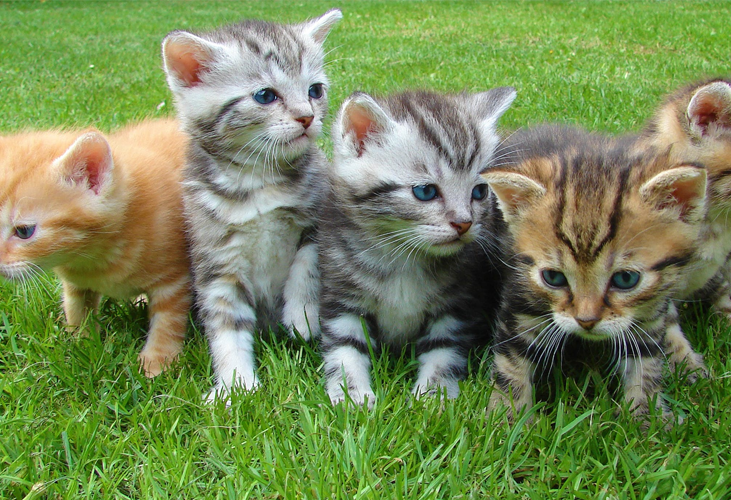
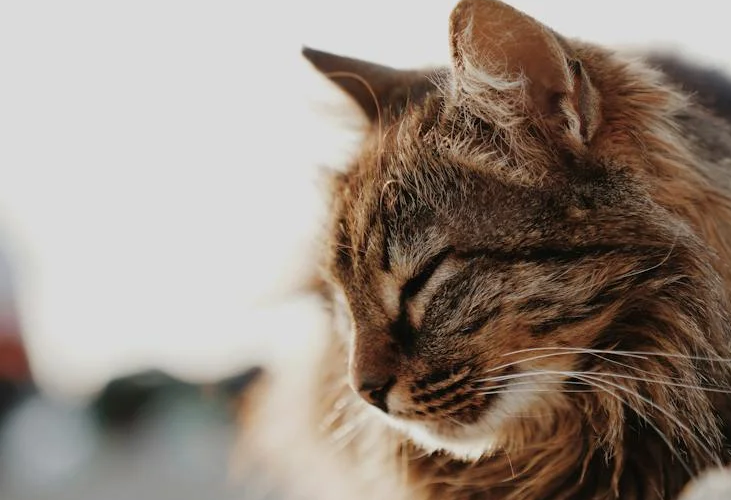



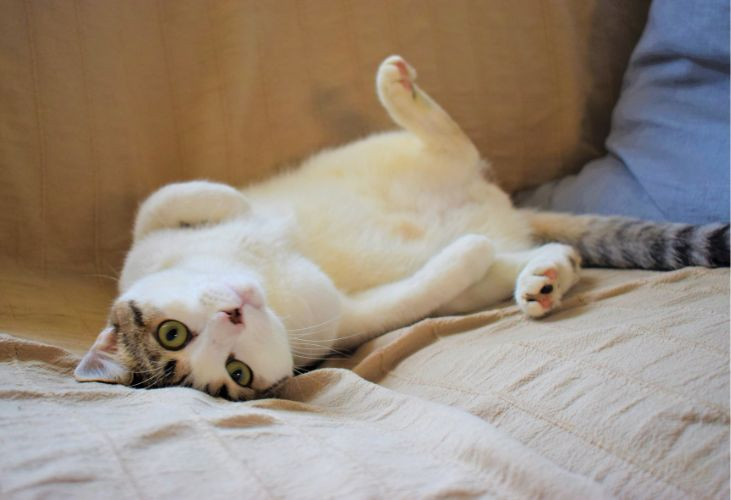
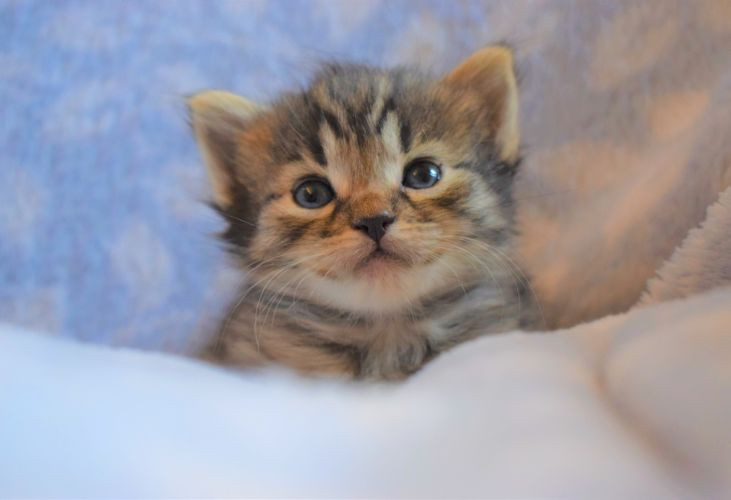



Leave a comment